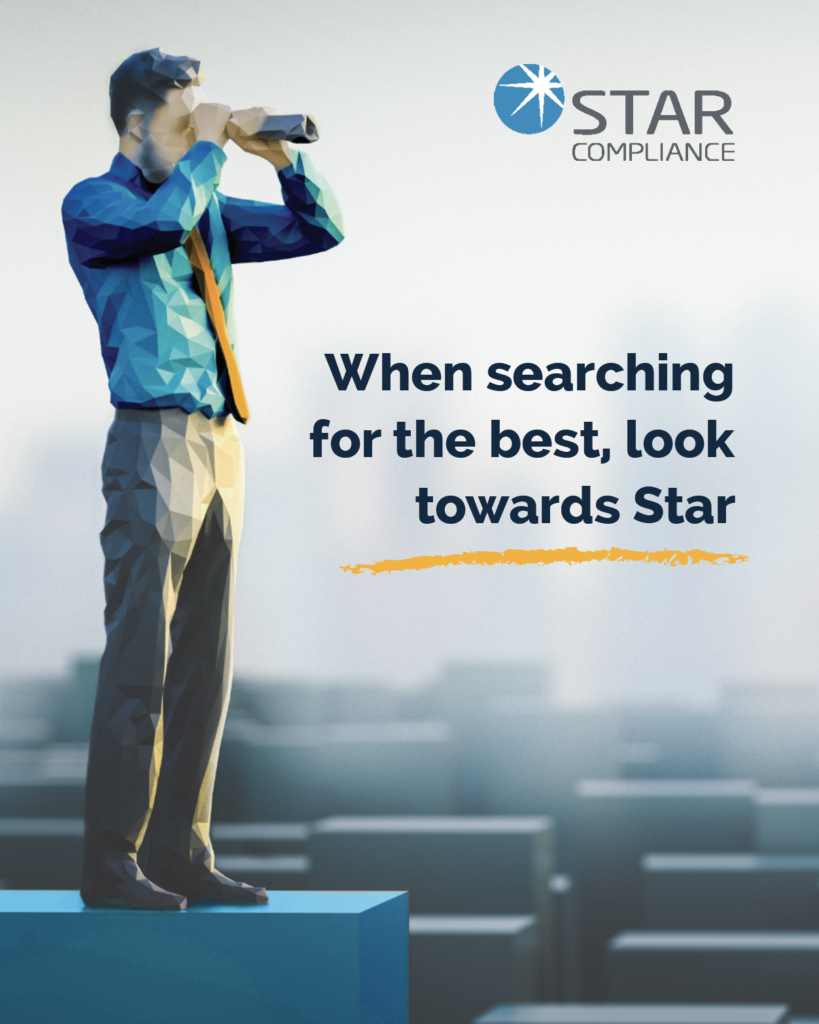A Remote Software Install In The Age Of The Remote Workforce
A leading global financial services group recently completed a sizable STAR software implementation. We talked to the project leads about how this largely remote install went down and how the rollout is progressing.
In fall of 2019, a leading global financial services group began its implementation and rollout of the STAR Platform. We spoke at length to the project leads on both sides and discussed how this very sizable project came about, the challenges inherent in the nature of the work, and the challenges brought about by COVID-19.
You recently started rolling out the STAR Platform to 5,100 employees, who are spread across three continents. How’s it going so far?
Client: The rollout is going very well. I worked with Star before, years ago, at a previous firm, and was very pleased with the implementation process and functionality of the software, so I knew we would be in good hands with Star again.
You mentioned you’ve been through a STAR implementation before. How did this one go compared to the previous? Did you learn anything the first time that you applied here?
Client: At the time of the first install, Star had only been around for three or four years. I loved Star back then and I love it now. It’s why I’m here speaking with you today. With the current install, I would say both we and Star were well organized. We had a plan in place for building out the various modules, like the Outside Business Activity product, because we needed that to be customized. There was a clear timeline with milestones, and I appreciated that.
Star: At the start, we had multiple meetings a week to go through the client’s specific business requirements, so that the project team knew exactly what needed to be done and how it needed to be done. From there we built out a project plan with specific tasks and target milestones. We met with the client at least weekly, supplemented by ad-hoc meetings with smaller breakout groups when needed, and even more often during key project points.
Your compliance team is spread across the globe. What are some of the processes you’ve put into place to keep your team connected and working in-sync prior to COVID-19? And did the lockdowns present any additional challenges to your team during implementation?
Client: My team has, unknowingly, been preparing for COVID-19 for several years now. Through our experience in responding to other notable events in different locations—like natural disasters and civil unrest—we were prepared for disruptions that could impact life and work. We mitigated that risk though the use of laptops that have allowed our people to work remotely during the pandemic, wherever in the world they are. So as a global team we’ve been able to work remotely and complete the conversion to STAR without interruption.
Star: This varies from one implementation to the next and depends on a lot of factors. Some smaller projects work better fully remote. A large number of projects, when possible, have at least requirements and training, and possibly some UAT support, done in-person. More complex projects have warranted more boots-on-the-ground time, with people onsite for extended periods. It just depends on the project team and project structure.
How many stakeholders were involved in the implementation, and how did you manage their expectations?
Client: Our implementation impacted more than 5,000 employees and the conversion took place all at once. We had initially discussed a phased approach, but after weighing the pros and cons there was no technical advantage to doing that. Having been through a conversion before, we knew there was a potential benefit to approaching it holistically, and we’re thrilled it we chose that route. Star was supportive throughout the process.
In terms of managing expectations, we put a lot of thought into our stakeholder communications strategy. We launched a targeted communication plan to the impacted employees, which included a comprehensive e-training module about the changes and weekly updates leading up the conversion. Our goal was to strike the right balance between giving them the information they needed without overloading them with detail—all at the right time so that it was fresh in their minds for conversion. It’s fair to say that our communications plan was successful, and people were happily anticipating the new system.
Do you have any advice for other compliance teams looking to roll out STAR to a globally scattered, remote workforce?
Client: We made the decision to manage the conversion project internally because we had the in-house expertise to do it, but it was a high volume job, especially when it came time to supporting the impacted employees through the conversion weekend and early days on the new system. I would suggest a firm looking to roll out a global implementation to a large number of stakeholders consider adding resources to support the impacted employees at conversion time.
Also, don’t be afraid to ask for advice or copy what others have done. There’s no need to re-create the wheel. We would ask Star all the time: what do you see other clients do that we might consider, that might be good for us? I would also talk to my peer group, people in my position at other firms, and get their advice on what they did or didn’t do implementing compliance software.
Star: With the technology and tools we have at Star—online interactive project plans in real time, a service desk for tracking and responding to UAT issues, the ability to meet virtually, and configuration and testing being done in a web application—we’re able to easily do these kinds of projects remotely. There’s certainly benefit in being able to sit in a room and talk through the important items, but as long as we ensure we spend enough time together to get the information we need, remote implementations really aren’t a problem. The client was on par in terms of onsite time compared with other clients of their size and complexity.
Are there any challenges you expected to face with the STAR implementation but didn’t?
Client: Yes. I expected our data migration to be more difficult than it was. Migrations are never 100% perfect. We expected this to be a roadblock but it wasn’t.
What’s your next step in the implementation process?
Client: We’re taking time to stabilize on the new system and take advantage of the increased functionality. Going forward, we’ll be onboarding users as we expand to new regions. In the meantime, we’re enjoying the many rave reviews of STAR that we’ve received from our user community. We’re very happy with the system.
Top 10 Reasons To Choose Star Over The Other Guy




